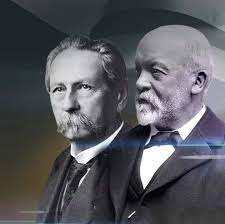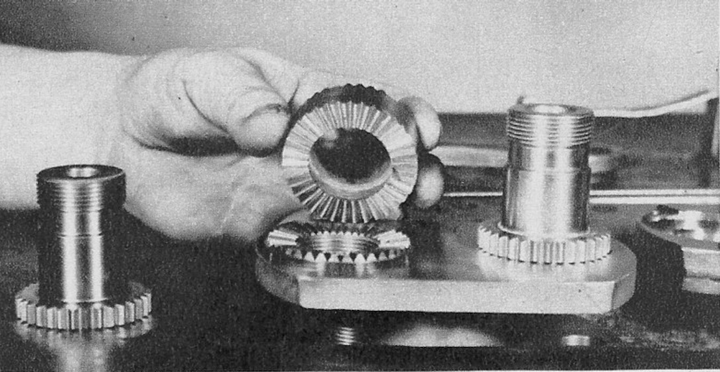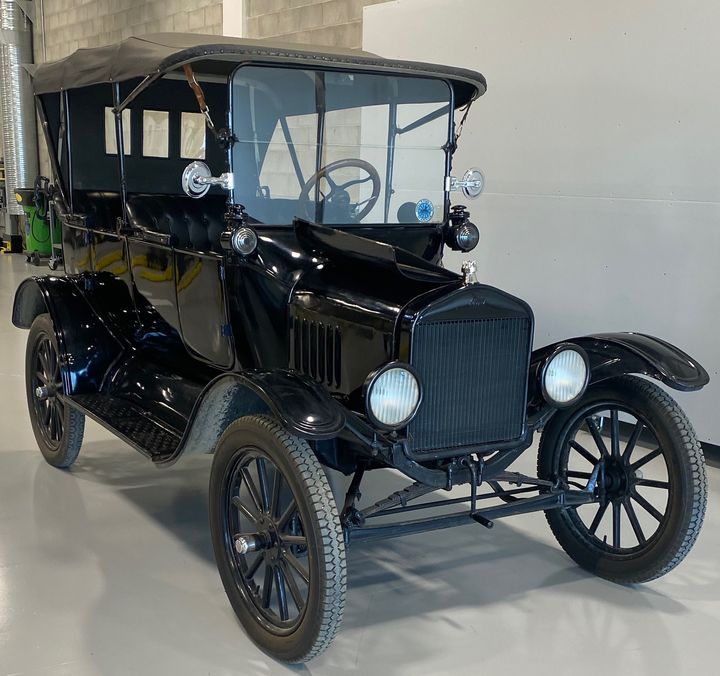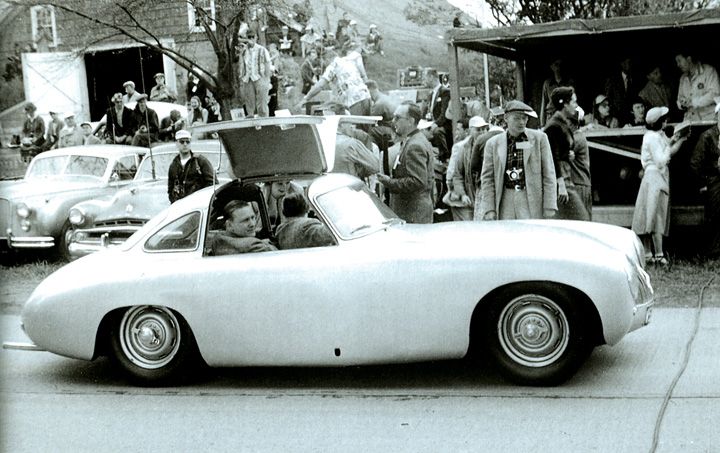Great German Engineers

More than anything else, I've written about Mercedes-Benz, Porsche and Jaguar. There is an interesting thread that links these brands together if you go back far enough. This explains why we have Daimler-Benz (aka Mercedes) that are being sold today, as well as the British Daimlers that were favoured by Royalty, and the Austo-Daimler for which Ferdinand Porsche Sr. is associated. Also, there is a Canadian connection.
Below is a brief description of the tapestry that weaves the most influential early automotive engineers and corporations together. Following this is highly subjective summary of some interesting local on-line auctions for Mercedes-Benz that are now on Bring-A-Trailer.
Daimler Motors (Stuttgart, Germany)
Gottlieb Daimler and Wilhelm Maybach worked with Nikolaus Otto, who invented in the 4-stroke engine in 1861. Otto was only interested in the combustion engine for stationary applications, replacing steam power, which led to a falling out and firing of Daimler, and the resignation of Maybach.
Gottlieb Daimler was more interested in the combustion engine to power vehicles and invented the high-speed, petroleum liquid-fueled internal combustion engine. He constructed his first 'horseless carriage' in 1886. The Daimler Motors Corporation (DMC) was established near Stuttgart in 1890 with Wilhelm Maybach as a partner.
Emil Jellinek
Emil Jellinek was a well-connected businessman who commissioned what many consider to be the first modern automobile from Daimler in 1900 - the 35hp 'Mercedes'. He named car after his daughter.
Benz & Cie. (Mannheim, Germany)
Working sixty miles away from Daimler in Mannheim, Karl Benz was credited with creating the first production automobile - the Benz Patent-Motorwagen. Benz received a patent in 1886, the same year as Daimler's combustion engine conversion of a stage coach.
Benz & Cie and DMC were competitors who had skirmishes regarding patents in the early 1900's. When economic conditions in Germany worsened dramatically in the 1920's due to hyperinflation, the companies were forced to merge. Daimler-Benz was created in 1926, at which point the first cars to be named Mercedes-Benz were sold.
Austro-Daimler (Graz, Austria)
In 1896, DMC created a subsidiary in Austria - the Austro-Daimler Corporation. It was first led by Gottlieb's son Paul, and then by Ferdinand Porsche Sr. who was the Technical Director from 1906 to 1923. Porsche left Austro Daimler for DMC, taking his chief test driver, Alfred Neubauer, with him. Neubauer would famously go on to run the Mercedes-Benz racing department. Porsche went from DMC, back to Austria to join Steyr, and then to Stuttgart to start his independent design office in 1931.
In 1906 Emil Jellinek also commissioned a smaller car - this time from Dr. Porsche. It was to be called the Maja, named after his other daughter. This was Porsche's first non-electrified car, with a combustion engine of his own design. Sadly for Maja, the car had significant teething problems which led to the demise of the name.
Austro Daimler became part of the Austrian conglomerate Steyr-Daimler-Puch that designed the first Mercedes 4-Matic AWD powertrain, built the Mercedes G-Wagon as well as the Haflinger and Pinzgaur military vehicles. The passenger car operations of Steyr-Daimler-Puch were sold to the Canadian company Magna. Magna-Steyr builds 200,000 complete vehicles annually for Mercedes-Benz (G Wagon), BMW (5 Series, Z4), Jaguar (I-Pace, E-Pace) Toyota (Supra) and others. Fisker has contracted the entire production and design of their Ocean EV to Magna.
The first cars that Ferdinand Porsche designed were electric and electric-gas hybrids for the Austrian Lohner company. Porsche's 'Mixte' hybrid system was later licensed by Daimler. Lohner was later bought out by the Austrian engine maker Rotax, who was later purchased by Bombardier - also Canadian owned.
Daimler Motor Company (Coventry, England)
Daimler sold the rights to use its name to an English company, The Daimler Motor Company, in 1896. This company was purchased by the British Small Arms Company (BSA) in 1910. Pre WWII, BSA made automobiles and motorcycles, dropping the cars after the war. Daimler was sold to Jaguar in 1960. Jaguar branded a Daimler version of their 60's Mk II sports sedan with a 2.5L V8 Daimler engine. Later, Daimler badged Jaguar XJ sedans were sold under the Daimler Sovereign nameplate. The Daimler name is now part of the JLR group, owned by Tata.
So there you go: Otto, Daimler, Maybach, Benz, Jellinek, Porsche and Neubauer explained - at least a little bit. As Canadians, we can be proud that some of this DNA is in the hands of Canadian companies!
Lawrence Romanosky, Calgary, Canada
Lromanosky@me.com, 403-607-8625



Comments ()